E-commerce Expansion
The Artificial Flowers Market is significantly influenced by the expansion of e-commerce platforms. With the increasing prevalence of online shopping, consumers are more inclined to purchase decorative items, including artificial flowers, through digital channels. This shift is driven by the convenience of browsing a wide variety of products from the comfort of home. Data suggests that online sales of home decor items, including artificial flowers, have surged, with e-commerce accounting for a substantial portion of total sales. Retailers are investing in user-friendly websites and mobile applications to enhance the shopping experience. Furthermore, the rise of social media marketing has enabled brands to reach a broader audience, showcasing their products through visually appealing content. This trend is expected to continue, further propelling the growth of the artificial flowers market.
Seasonal and Event-Based Sales
The Artificial Flowers Market benefits from seasonal and event-based sales, which create opportunities for increased revenue. Holidays, weddings, and special occasions often prompt consumers to purchase artificial flowers for decoration. This trend is particularly pronounced during festive seasons when individuals seek to enhance their environments with vibrant floral arrangements. Market analysis reveals that sales of artificial flowers tend to spike during these periods, as consumers look for convenient and long-lasting decor options. Retailers often capitalize on this trend by offering seasonal collections and promotions, further stimulating demand. As the market continues to evolve, it is likely that businesses will develop targeted marketing strategies to maximize sales during peak seasons, thereby contributing to overall market growth.
Increased Interest in Home Aesthetics
The Artificial Flowers Market is witnessing a surge in consumer interest in home aesthetics. As individuals spend more time at home, there is a growing desire to create visually appealing living spaces. Artificial flowers serve as an accessible means to enhance interior decor without the challenges associated with live plants. This trend is particularly evident in regions where home improvement and interior design have gained popularity. Market data indicates that the demand for decorative items, including artificial flowers, has risen significantly, with consumers willing to invest in products that elevate their home environment. This inclination towards aesthetic enhancement is likely to drive innovation within the industry, as manufacturers explore new designs, colors, and materials to meet evolving consumer tastes.
Rising Demand for Low-Maintenance Decor
The Artificial Flowers Market experiences a notable increase in demand for low-maintenance decor solutions. As urban living spaces become more compact, consumers seek alternatives that require minimal upkeep. Artificial flowers provide an appealing option, as they do not wilt or require watering, making them ideal for busy lifestyles. This trend is particularly pronounced among millennials and working professionals who prioritize convenience. According to recent data, the market for artificial flowers is projected to grow at a compound annual growth rate of approximately 6.5% over the next five years. This growth is indicative of a broader shift towards practical home decor solutions that align with modern living. As a result, manufacturers are likely to innovate and expand their product lines to cater to this evolving consumer preference.
Sustainability and Eco-Friendly Products
The Artificial Flowers Market is increasingly influenced by the growing consumer preference for sustainability and eco-friendly products. As awareness of environmental issues rises, consumers are more inclined to choose products that align with their values. Artificial flowers, particularly those made from recycled or sustainable materials, are gaining traction as a viable alternative to traditional floral arrangements. This shift is reflected in market trends, where eco-conscious consumers actively seek out brands that prioritize sustainability in their offerings. Manufacturers are responding by developing products that not only mimic the beauty of real flowers but also adhere to eco-friendly practices. This trend is expected to shape the future of the artificial flowers market, as sustainability becomes a key consideration for consumers.


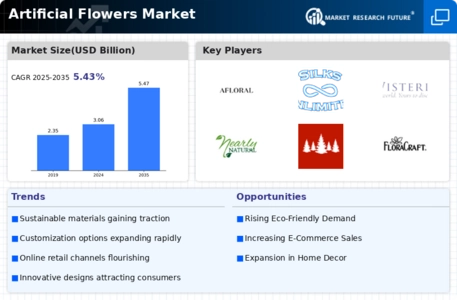
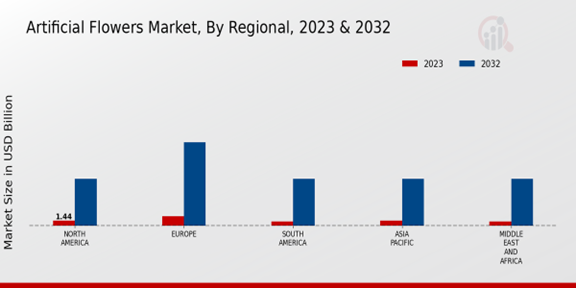
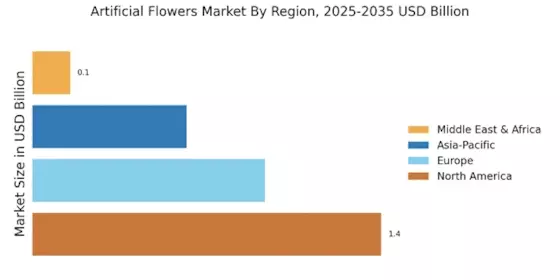
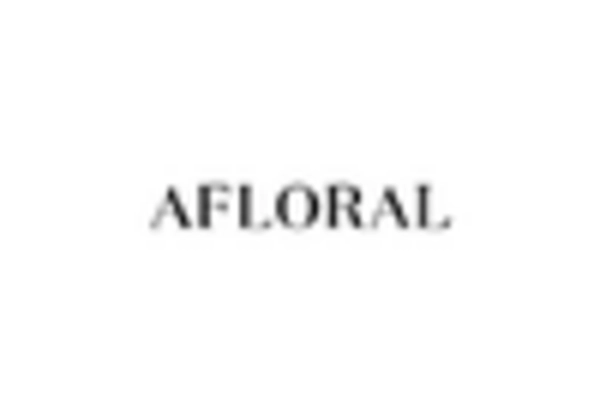

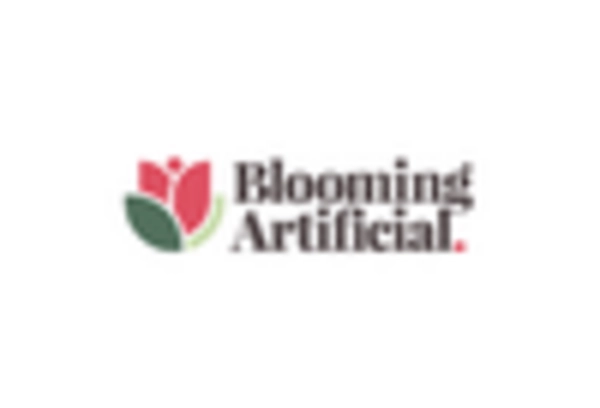
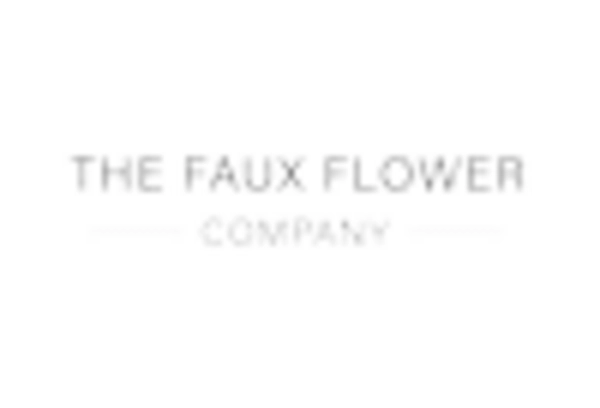
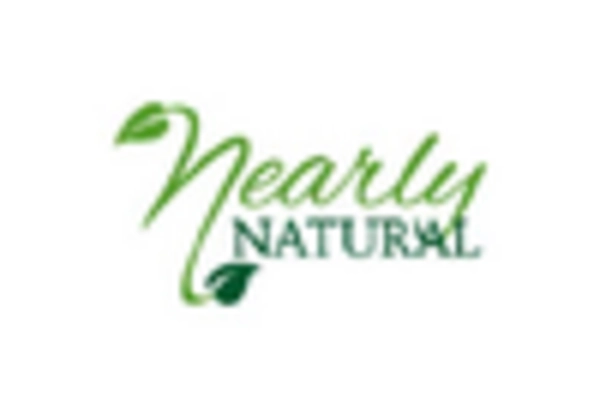









Leave a Comment